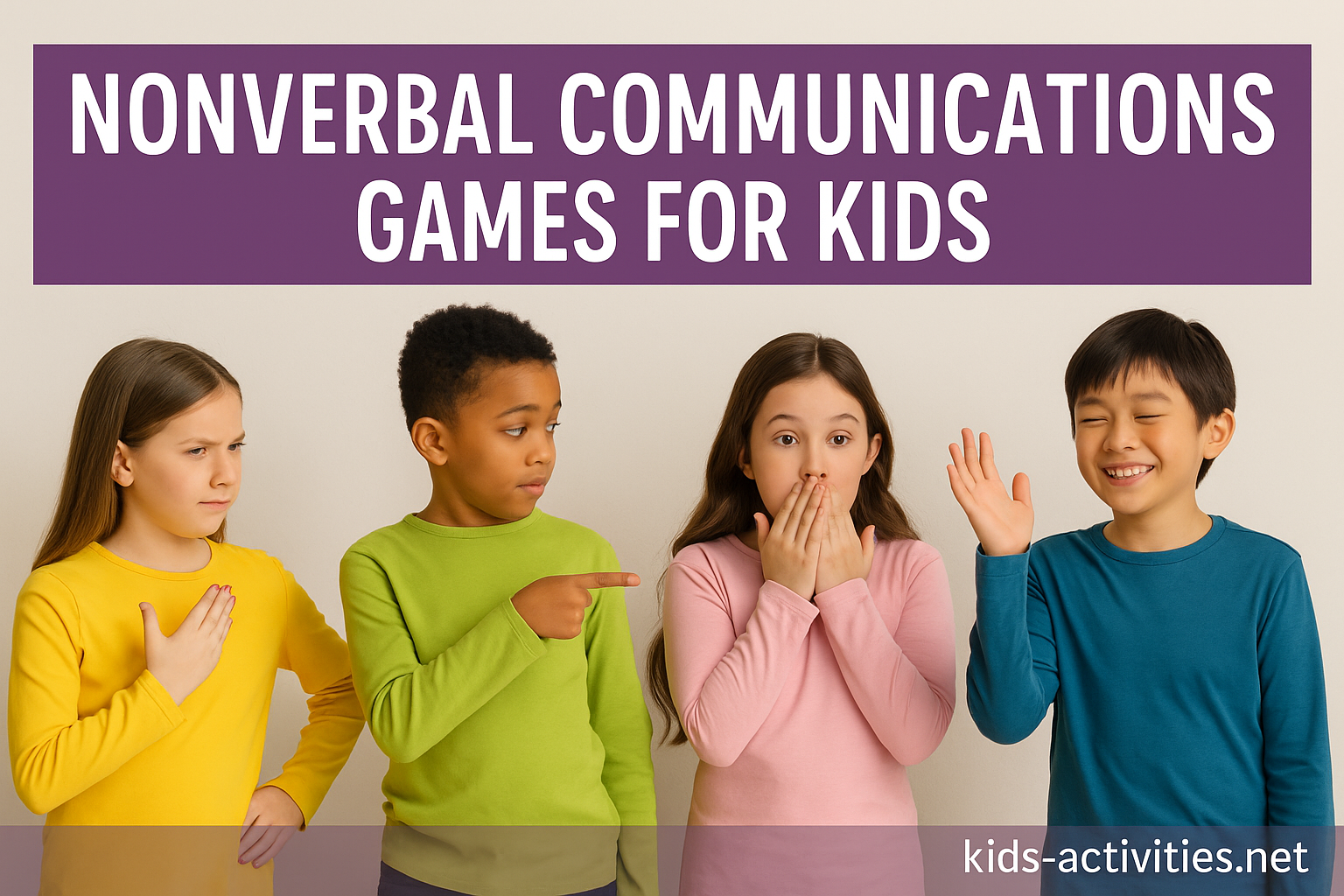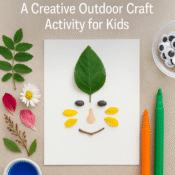
Say It Without Words: Nonverbal Communication Games for Kids
Children communicate far more than just through words. Facial expressions, hand gestures, posture, and even silence carry meaning—and understanding these nonverbal cues is vital for emotional intelligence, empathy, and social growth. This blog dives into playful, practical, and developmentally-appropriate games that teach kids how to recognise and use nonverbal communication. These activities don’t just build soft skills—they help children navigate real-life social situations with confidence and creativity.
Why Teach Nonverbal Communication to Kids?
Even before children can speak fluently, they rely on body language to express needs, emotions, and reactions. However, many children (especially neurodivergent learners) benefit from structured opportunities to explore these subtle cues. Strengthening nonverbal awareness can:
- Improve emotional literacy and self-regulation
- Foster empathy and perspective-taking
- Enhance teamwork and group participation
- Reduce misunderstandings and build stronger relationships
These games make emotional learning tangible, without a lecture in sight.
Foundational Concepts to Explore
Before jumping into the games, introduce kids to a few key concepts:
- Facial expressions: What can a smile, frown, or raised eyebrow tell us?
- Gestures: How do hand signals differ across cultures or contexts?
- Body posture: What does slouching, crossing arms, or leaning forward suggest?
- Proxemics: How close is too close? What’s personal space?
- Tone and pace: Even wordless sounds (like sighs or giggles) hold meaning.
Use visual aids, mirrors, or role play to demonstrate these ideas.
Game 1: Emotion Freeze Frames
Setup:
- Players stand in a circle.
- One child picks an emotion from a card (happy, nervous, angry, shy).
- They silently act it out using only facial expression and posture.
- Others guess the emotion.
Why It Works:
Kids learn to observe subtle cues and match physical expression to emotional meaning.
Game 2: Silent Charades
Setup:
- Like classic charades but only nonverbal clues are allowed.
- Use action cards like “eating a lemon,” “getting a surprise gift,” or “losing your keys.”
Twist:
Limit gesture use to only facial expression or posture.
Why It Works:
Children hone observational skills and learn alternative ways to express themselves.
Game 3: Mirror Me
Setup:
- Partner activity. One child is the leader, the other mirrors their movements.
- Start with simple stretches, then add expressions, hand motions, or moods.
Why It Works:
Encourages empathy, attention to detail, and physical self-regulation.
Game 4: The Mood Walk
Setup:
- Mark out a short walking path.
- Children take turns walking “as if” they feel a specific emotion: excited, grumpy, nervous, confident.
Extension:
Ask observers to describe the mood based on body language.
Why It Works:
Physicalising emotion helps kids internalise the connection between inner feeling and outer expression.
Game 5: Picture This!
Setup:
- Show children a photo (real or cartoon) with characters showing clear body language.
- Ask: What’s happening? What do you think they feel?
- Then challenge them to recreate the scene.
Why It Works:
Combines visual literacy with emotional interpretation.
Quick Variant: Emoji Match Relay
- Print emoji cards.
- Kids race to find a matching facial expression in a mirror or on a peer.
- Bonus: Have them invent real-life situations where that emoji would apply.
Printable Resource Pack (Free Download)
Our downloadable PDF includes:
- Emotion Freeze Frame Cards
- Body Language Observation Chart
- Emoji Expression Bingo
- Reflection Worksheet: “What did I learn without speaking?”
Available under Social Emotional Learning Tools on our Free Resources Page.
Learning Outcomes
These activities help children:
- Decode body language and emotional cues
- Practise empathy and observation
- Express themselves without relying on words
- Strengthen teamwork and confidence
Keep Exploring Emotional Literacy
- Mindful Breathing Crafts for Calm Classrooms
- Yoga Cards for Kids’ Breaks
- Pinwheel Science for Focus & Calm
Final Thoughts
Nonverbal communication is the invisible thread that connects us. By turning observation and expression into play, children don’t just learn—they embody social awareness. Whether in the classroom or at home, these games are a powerful (and fun) way to nurture empathy, collaboration, and connection.




